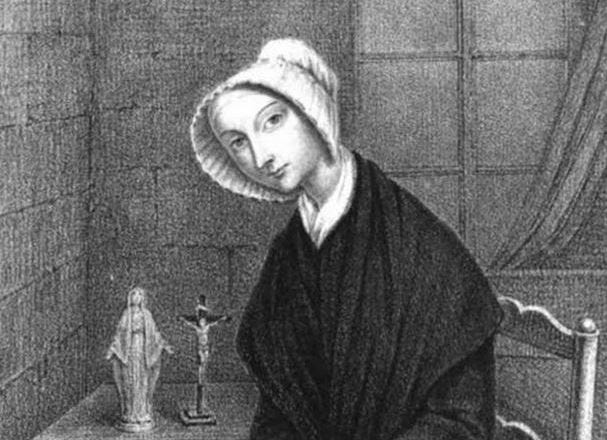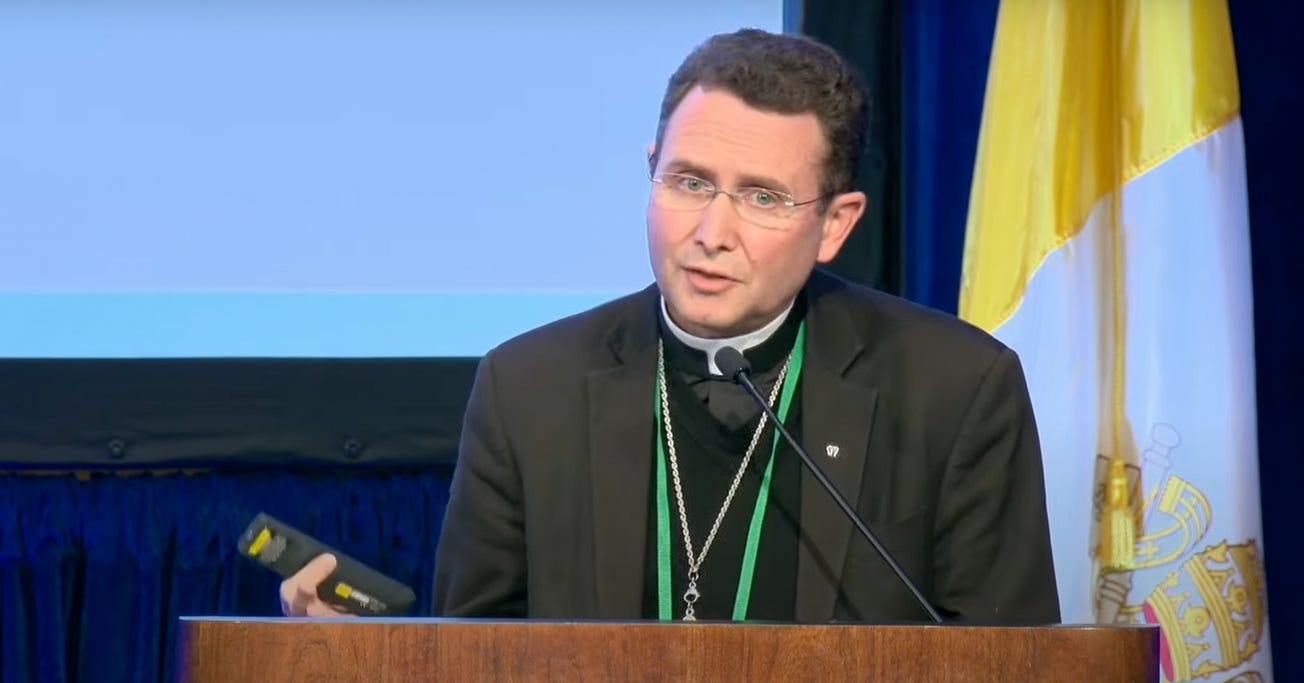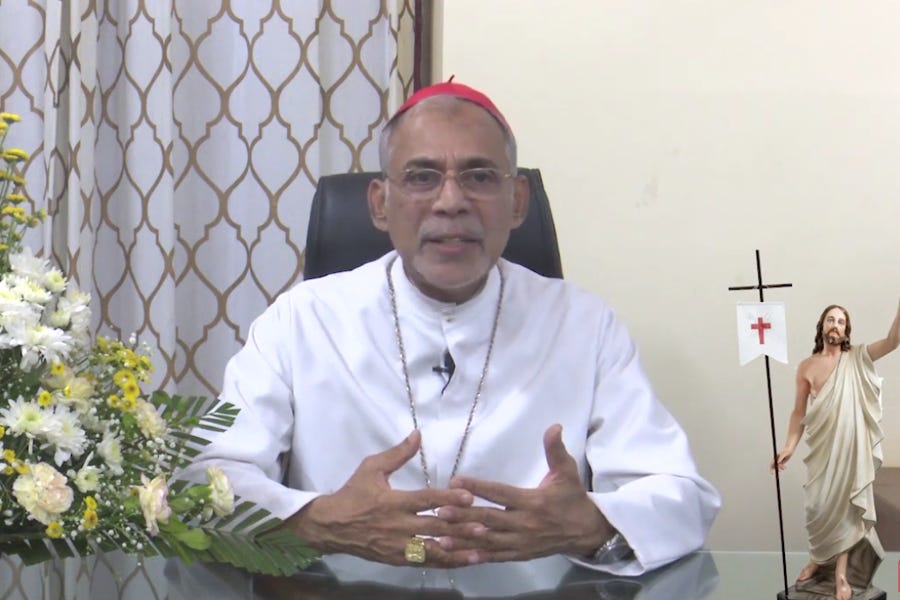
The French bishops’ plenary assembly in Lourdes was overshadowed by Cardinal Jean-Pierre Ricard’s admission of abuse.
The resolutions published at the end of the assembly on Nov. 8 were dominated by measures to tackle clerical abuse. The final item was, understandably, barely noticed.
In the last line of their communiqué, the bishops announced that they had endorsed the beatification cause of a woman known as “the angel of the Eucharist.”
“The plenary assembly is in favor of opening the cause with a view to the possible beatification of Marie-Eustelle Harpain,” it said.
Who was she?
Harpain’s life was outwardly uneventful. She was born in Saintes, a town in western France, on April 19, 1814. After a failed attempt to enter religious life, she worked as a laundry maid and seamstress. She was eventually put in charge of maintaining the linen and vestments at her local Church of Saint-Pallais. She died in her hometown on June 29, 1842, at the age of 28.
But there is more to her biography than these mundane facts. After Harpain began working at the church, she took religious vows and combined her daily tasks with unceasing prayer. Her neighbors were struck by her “angelic countenance.”
The story of her inner life is told in the 1868 book “The Life of Marie Eustelle Harpain,” by the English Catholic writer Edward Healy Thompson.
“Every moment she could spare from the duties of her condition was passed before the Altar,” he wrote. “As for Sundays and festivals, they were to her a banquet that endured well-nigh the live-long day. Her time was then all her own, or, rather, it was God’s, — with her the same thing: she could give it all to Him.”
She was given the key to the church and would spend nights in adoration before the Blessed Sacrament. She frequently received Holy Communion, a then-uncommon practice that would be promoted decades later by Pope Pius X.
What is her legacy?
Harpain’s bishop, the future Cardinal Clément Villecourt, asked her to write an account of her life. It remained unfinished when she died, but was published 10 months later along with a letter from Villecourt describing the powerful impression that Harpain had made on him from their first meeting onward.
Harpain’s descriptions of her visions and ecstasies might seem old-fashioned and overblown from a 21st-century perspective, but they inspired her near contemporaries.
For example, she wrote that she frequently saw Jesus as she prepared to end her prayers before the altar. “There is a grace which this tender Friend of souls often grants me when, being alone with Him, I love to kiss the foot of the altar before leaving Him,” she said. “He deigns to manifest himself to my soul, and to show me His Sacred Feet, inviting me to imprint upon them the kiss which I was about to give to the altar step.”
Her writings have been compared to those of fellow 19th-century French mystics St. Thérèse of Lisieux and St. Elizabeth of the Trinity.
Why now?
The French bishops’ conference did not explain why Harpain’s cause featured on the agenda of this month’s plenary assembly, which took place 180 years after her death.
Several French sources say that her cause for beatification was originally introduced in 1921, at the behest of Bishop Jean-Auguste Eyssautier of La Rochelle. But there seems to be no authoritative explanation of what happened next.
Her French Wikipedia entry claims, without offering any references, that her cause ground to a halt in 1958 because her postulator was also working on the causes of priests who died in squalid prison ships near the city of Rochefort after the French Revolution. The postulator, it says, decided to focus entirely on the priests, who were beatified by Pope John Paul II in 1995.
While the humble Harpain probably wouldn’t have minded, the French bishops are no doubt hoping that her cause will advance more swiftly this time.




